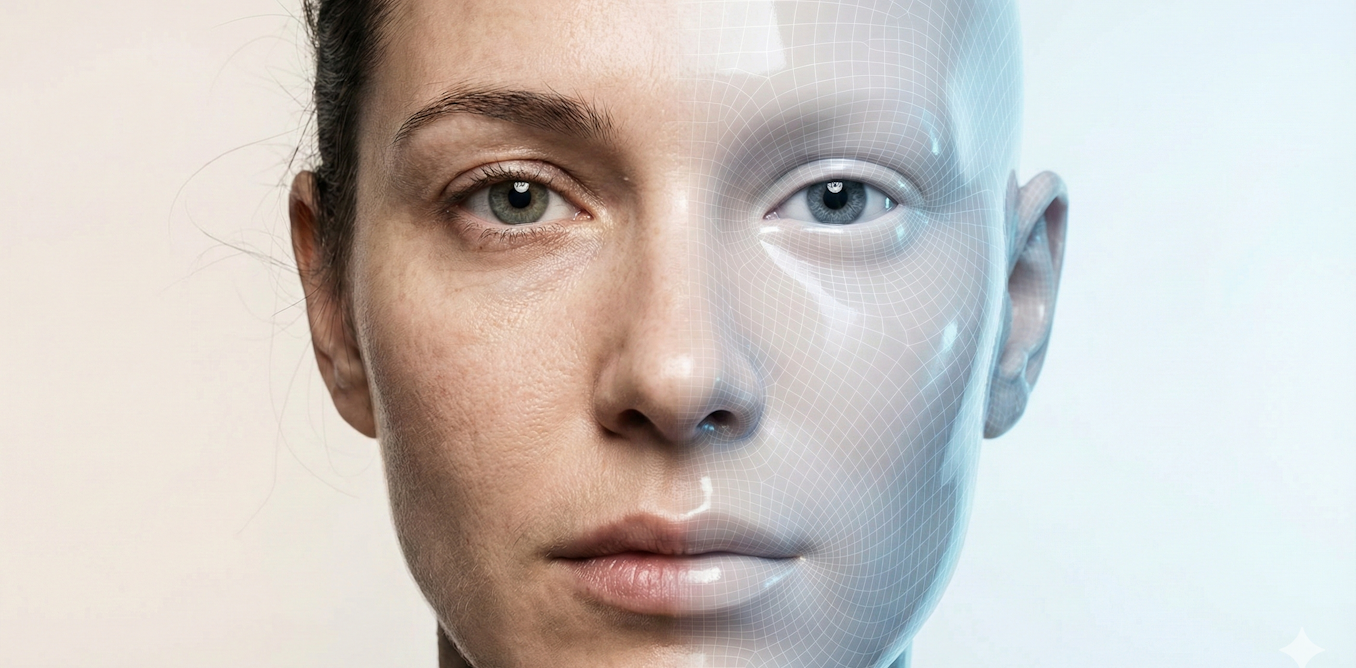OpenAI’s GPT-OSS, released on August 5, was never going to grab the spotlight. The company’s release schedule guaranteed that, as it quickly followed GPT-OSS with GPT-5, the company’s largest and best large language model.
Yet GPT-OSS is, in many ways, a more notable and surprising model. The two-version model (GPT-OSS-20b and GPT-OSS-120b) is OpenAI’s first open large language model since GPT-2’s launch in 2019 (though many would argue neither are truly open; more on that to come).
It’s also released under an Apache 2.0 license, which is among the most permissive licenses in common use. Dustin Carr, co-founder and CTO of the AI start-up Darkviolet.ai, called it a “maximally permissive license,” and said the OpenAI release was a “very positive, very surprising development.” Carr’s company uses open models to power AI tools for educational websites.
OpenAI returns to “open weights” with style
The Apache 2.0 license that accompanies GPT-OSS imposes no limits on commercial use and, unlike some other open-source licenses, allows those who build on Apache 2.0–licensed software to release derivative works under a different license. The license also includes a patent grant, giving users full permission to use any related patents. This patent grant helps shield those who build on GPT-OSS from future infringement claims by the model’s contributors.
That approach contrasts with the licenses attached to many popular open models including Meta’s Llama and Alibaba’s Qwen. These models are also freely available for anyone to download, but they have a few strings attached.
Meta’s Llama license requires derivative models to include the Llama name and comply with Meta’s brand guidelines. Most Alibaba Qwen 2.5 models are under an Apache 2.0 license but some, including the largest and most capable variant, are released under a research license that includes restrictions on commercial use for large organizations.
OpenAI’s release also impressed developers on another, more nuanced point: launch logistics.
Releasing a model under a permissive license is just one part of what’s required to make it useful. It must also be broadly available and optimized for common hardware.
OpenAI tackled that challenge head-on with a broad release that saw GPT-OSS immediately available not only on model repositories, like Hugging Face, but also in leading open LLM “front-ends,” like Ollama and LM Studio. These front-ends give users a ChatGPT-like interface so they can interact with models without writing code, and can run them on their own computers. This was flanked by day-one support from hardware companies, including Nvidia and AMD, and cloud providers, like Microsoft Azure and Amazon AWS, to ensure that the model ran smoothly on a variety of systems.
“You had the models instantly,” said Carr. “You didn’t have to wait a week for the models to get ready for LM Studio, and so on. It was an impressive execution.”
Open weights, but…
Read full article: Open AI Models: OpenAI’s New Release Shakes Up AI

The post “Open AI Models: OpenAI’s New Release Shakes Up AI” by Matthew S. Smith was published on 08/14/2025 by spectrum.ieee.org






































Leave a Reply